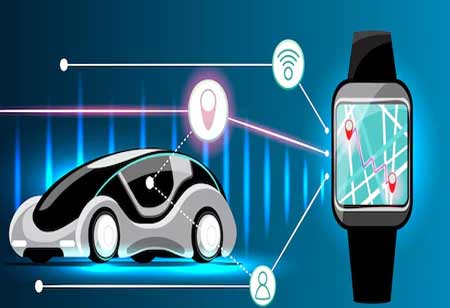FREMONT, CA: The automotive industry continues to develop, fueled by the objective of improving safety and security for drivers, passengers, and pedestrians. As technology progresses, today’s vehicles have advanced systems designed to reduce accidents and enhance protection. Blind spot detection helps monitor hard-to-see areas behind the vehicle, warning drivers of nearby cars. Advanced driver assistance systems (ADAS) combine multiple technologies to prevent crashes or reduce their impact. Features like automatic speed regulation maintain safe distances on highways, while emergency braking systems detect potential collisions and intervene to avoid or lessen their severity.
Autonomous driving tech uses sensors, cameras, radar, and AI to represent a significant leap in automotive safety. While fully autonomous vehicles are still in testing, semi-autonomous driving capabilities are available. Cybersecurity has become a critical concern as cars become more connected and reliant on software. Modern vehicles have advanced cybersecurity measures to protect against hacking and unauthorized access. Automakers collaborate with cybersecurity firms to develop robust security protocols and regularly update software to address emerging threats. Biometric authentication is an emerging technology that enhances vehicle security by using unique biological characteristics for identification.
Features like fingerprint scanners, facial recognition, and iris scanners are being integrated into vehicles to provide secure and convenient access. Airbag technology has seen significant advancements, with modern systems designed to offer better protection in various crash scenarios. Dual-stage airbags, which deploy with varying force depending on the collision's severity, and curtain airbags, which provide head protection in side impacts, are now standard in many vehicles. Pedestrian airbags, which deploy from the hood to cushion the impact for pedestrians in a collision, are being introduced to enhance pedestrian safety.
The systems can provide alerts or take corrective actions, such as slowing down the vehicle, to prevent accidents caused by impaired driving. The systems maintain road safety by continuously monitoring drivers' behavior. The latest advancements in automotive safety and security are transforming the driving experience, making it safer and more secure. Technologies such as ADAS, autonomous driving, enhanced cybersecurity, biometric authentication, advanced airbag systems, and driver monitoring are at the forefront of this transformation. They will undoubtedly contribute to a significant reduction in road accidents and enhance the overall security of vehicles.
The future of automotive safety and security promises a safer, more innovative, and more connected driving environment. Biometric systems can customize vehicle settings based on the driver's preferences, adding a layer of personalization and security.

 Copyright © 2025 AutoTech Outlook. All Rights Reserved | Privacy Policy | Subscribe | Sitemap | About us | Feedback Policy | Editorial Policy
Copyright © 2025 AutoTech Outlook. All Rights Reserved | Privacy Policy | Subscribe | Sitemap | About us | Feedback Policy | Editorial Policy